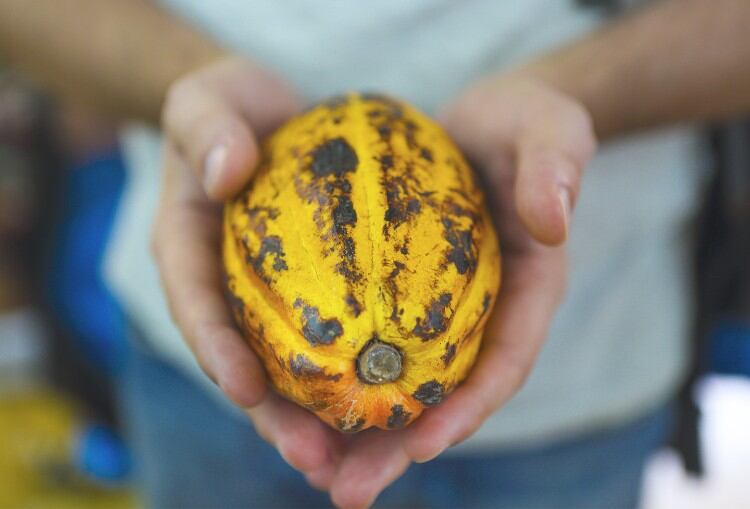The project, Improving capacity building and knowledge sharing to support management of cadmium levels in cocoa in Latin America and the Caribbean’, will be implemented in Colombia, Ecuador, Peru and Trinidad and Tobago with a budget of $551,000, made possible through a financial contribution from the World Trade Organization (WTO) and the European Union (EU).
Participating countries will provide the remainder of the financing requirements as their counterpart contribution.
Cadmium, a naturally occurring chemical element, can have adverse health effects when consumed in contaminated foodstuffs. The European Commission Regulation No. 488/2014, which came into force in January 2019, sets ‘Maximum Residue Levels’ (MRLs) for cadmium in foodstuffs, including specific cocoa and chocolate products.
“This milestone project brings together national and international institutions, academic bodies, cocoa producers and other key stakeholders to provide substantive contributions in knowledge and expertise, innovative methodologies and effective communication platforms to share and reinforce best practices to mitigate cadmium contamination in cocoa beans for the ultimate benefit of all stakeholders”, said Michel Arrion, Executive Director of the ICCO.
Project implementation will commence this month and will last for two years. Expected results include:
- The creation of a platform or network to share information and establish continuous dialogue among research institutes to build consensus on standardised testing protocols and best practices for cadmium mitigation and remediation.
- Capacity building and enhanced expertise of cocoa producers/stakeholders in the application of standardised protocols.
- Improved knowledge and better understanding of possible sources of cadmium presence in cocoa-growing areas through analysis and mapping of hotspots and recommended best practices for mitigation and remediation; and
- Development of a training curriculum and training of master trainers who will lead the transfer of knowledge on cadmium mitigation and remediation to cocoa farmers and traders in the region.
This project is one among other efforts from the ICCO to ensure that cocoa beans produced and exported meet food safety standards worldwide.

